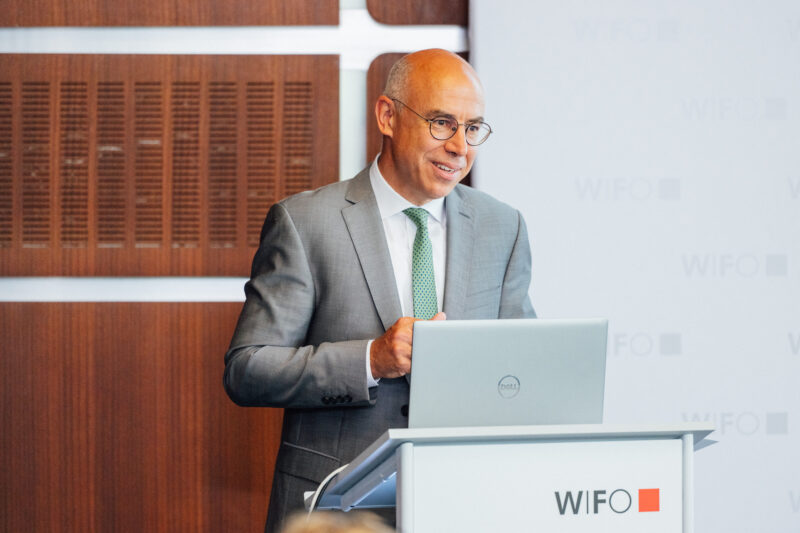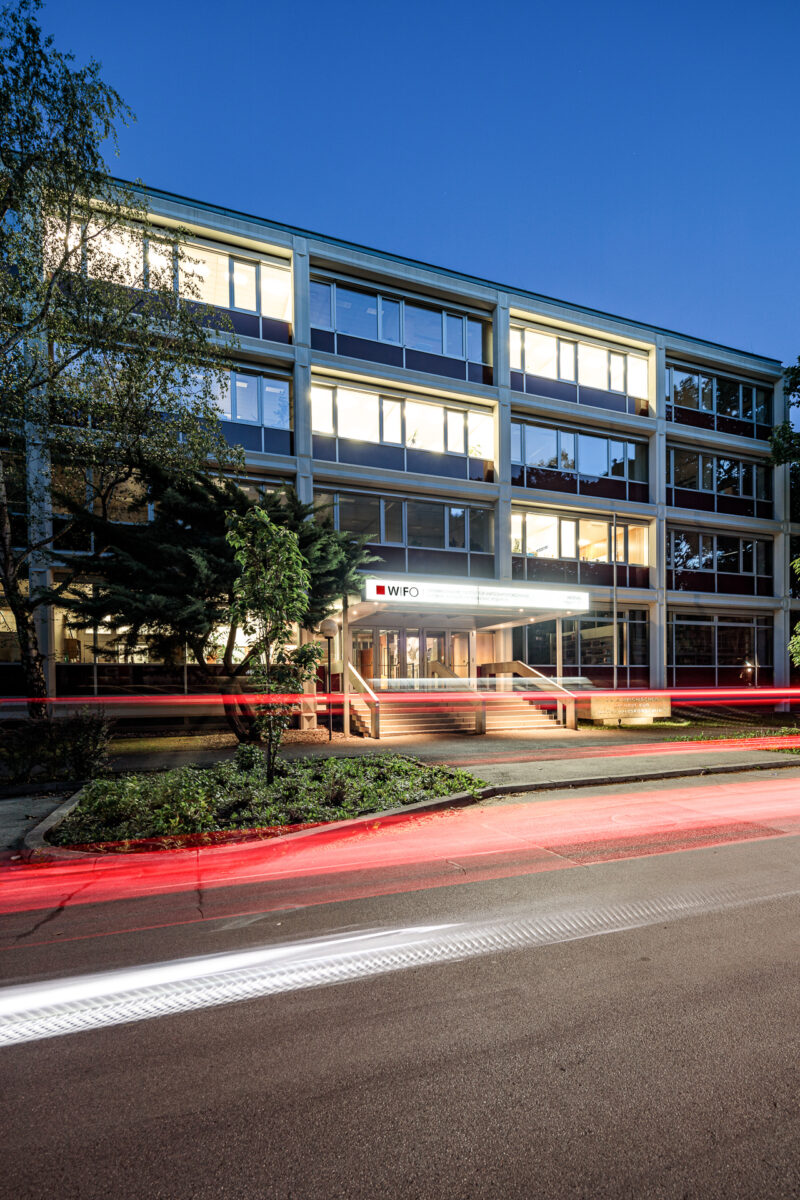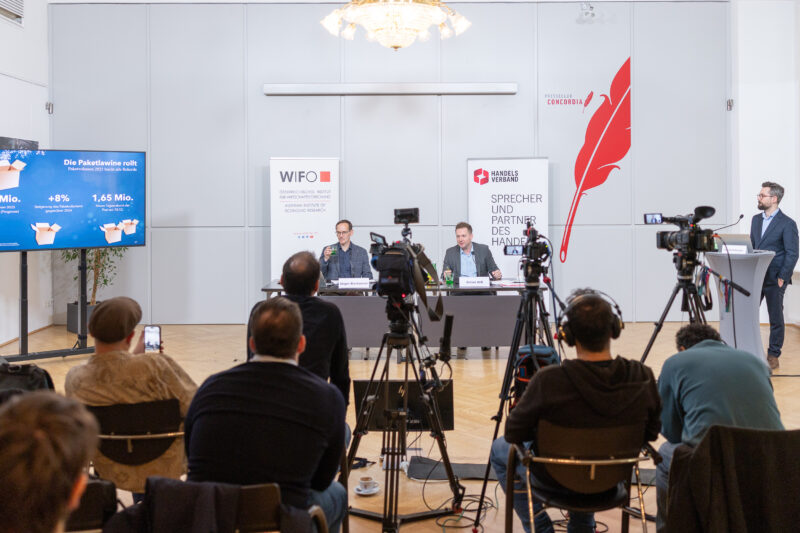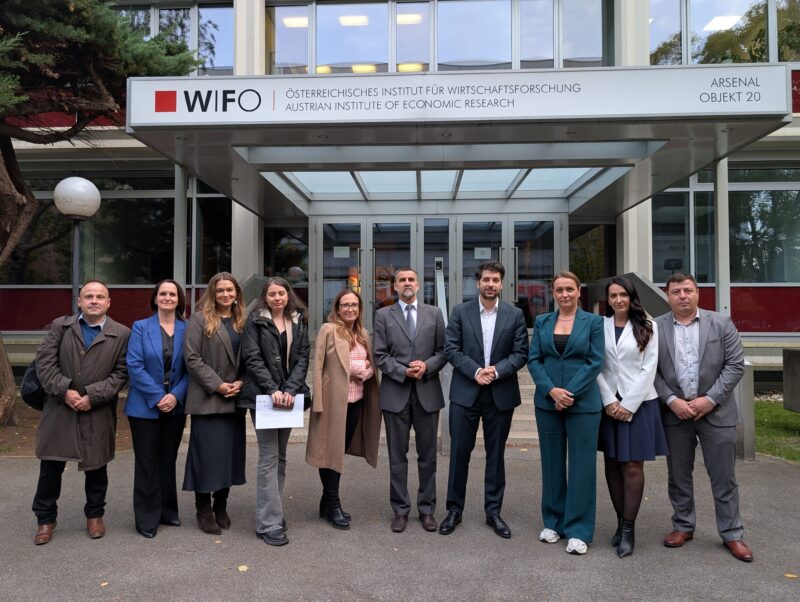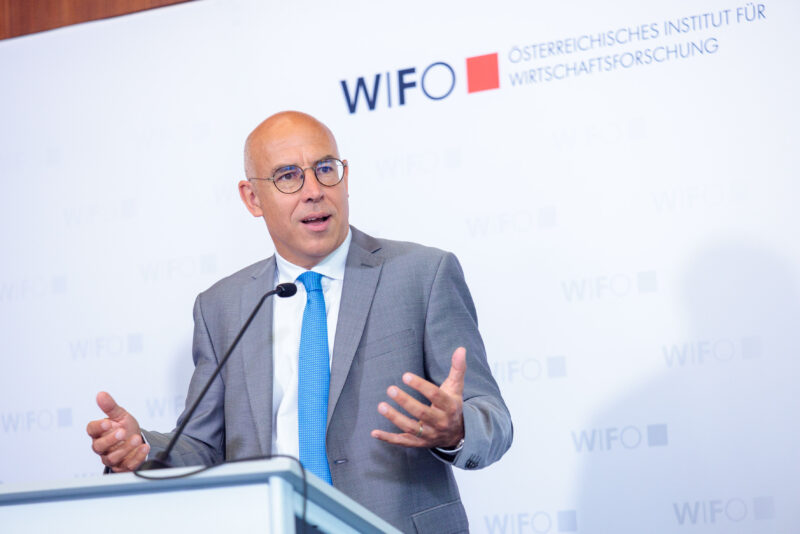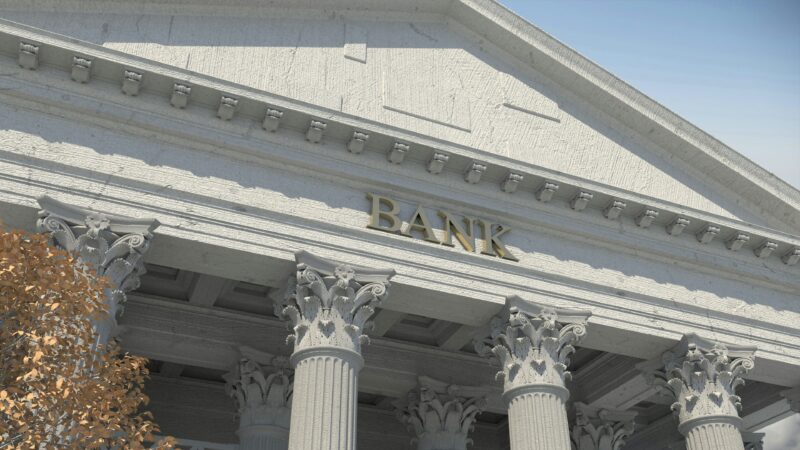
Austrian Economy Remains Weak
"The high level of uncertainty is weighing on consumer confidence and will therefore continue to slow down domestic economic momentum," says Christian Glocker, author of the latest WIFO economic report.
According to the WIFO Flash Estimate from the end of April, Austria's GDP rose by 0.2 percent in the first quarter of 2025 compared to the previous quarter (fourth quarter of 2024 –0.4 percent). Compared to the same quarter of the previous year, however, there was another decline of ¾ percent (seasonally and working day adjusted).
While industry and construction continued to weaken, some service sectors recovered somewhat. Transport, real estate activities and the provision of financial and insurance services in particular saw growth, while accommodation and food service activities lost value added. On the demand side, household final consumption expenditure and gross fixed capital formation largely stagnated in the first quarter of 2025, while public consumption increased. Foreign trade made a slightly positive contribution to overall economic growth. Exports increased significantly despite the subdued global economy, benefiting from pull-forward effects from the USA. On the distribution side, a decline in wage income was offset by an increase in capital income.
Leading indicators continue to paint a subdued picture. The manufacturing industry is unlikely to improve significantly. The UniCredit Bank Austria Purchasing Managers' Index even fell slightly again recently. Economic assessments in the construction industry also remain pessimistic; in the market-related service industries, they have recently deteriorated again. Consumer confidence fell significantly again in April; the rise in the unemployment expectations sub-indicator reflects the high level of uncertainty among consumers.
Inflation in Austria is still above the average of the last 10 years. The GDP deflator rose by 0.7 percent in the first quarter of 2025 compared to the previous quarter and was therefore 3.1 percent higher than in the same quarter of the previous year. Alternative measures of inflation paint a similar picture. In March, the CPI was 2.9 percent above the previous year's level; in April, the increase was 3.1 percent according to a flash estimate by Statistics Austria. After a long period of decline, producer prices rose noticeably year-on-year again for the first time in March. The increase reduces the likelihood of a sustained slowdown in inflation.
The weak economy activity is weighing on the labour market. Unemployment continued to rise recently, while the number of job vacancies fell. According to preliminary estimates, the number of people in active dependent employment in April was 1,000 above the previous year's level, after +2,700 in March. At the end of April, a good 24,000 more people were registered as unemployed than a year ago (+8.4 percent), while the number of training participants increased by 0.6 percent. The unemployment rate (national definition) is estimated at 7.3 percent (+0.5 percentage points compared to the previous year).
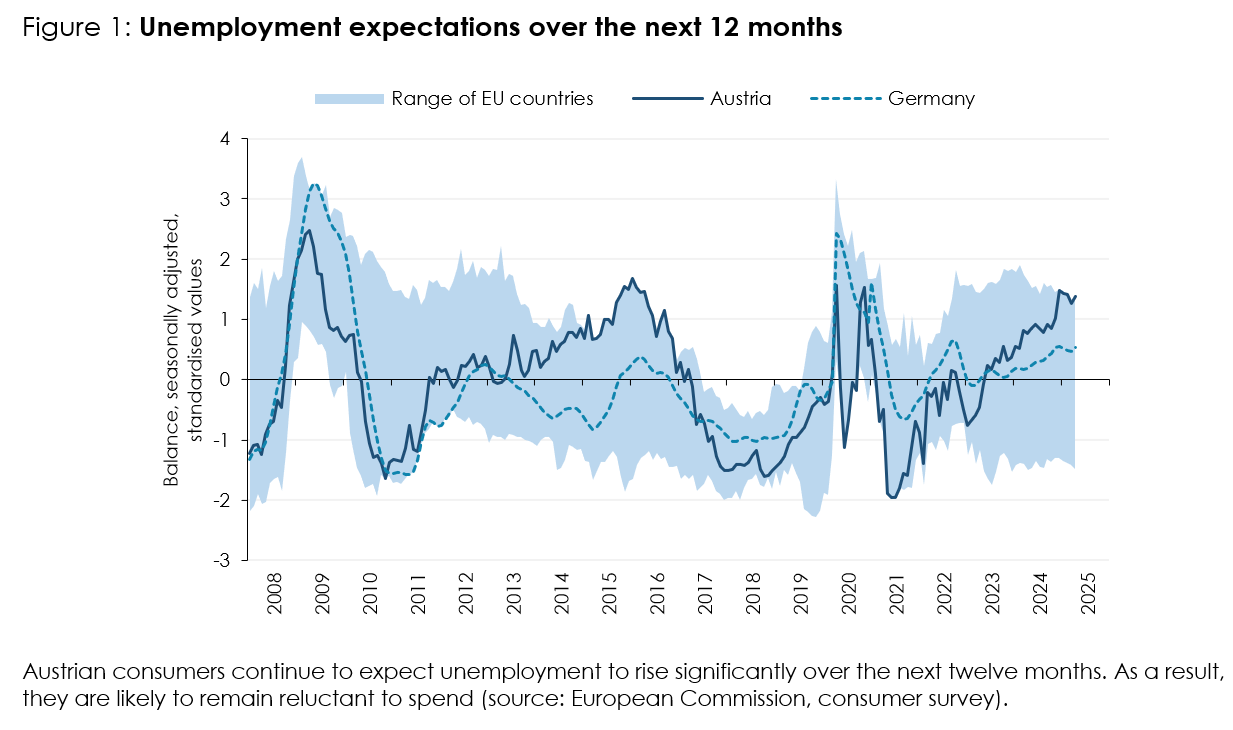
Publications
Please contact


